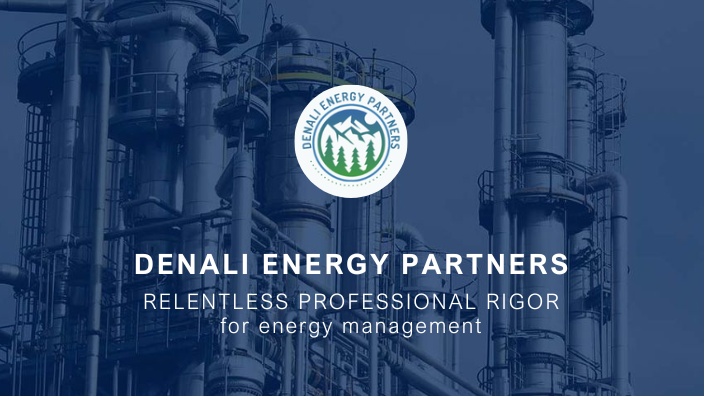Adoption of the Circular Economy in Industrial Parks in the Energy Sector.
The adoption of the circular economy in industrial parks within the energy sector represents a transformative approach to sustainable development and resource management. As global energy demands continue to rise, the traditional linear model of "take, make, dispose" is increasingly being challenged by the circular economy's principles of reducing waste, reusing materials, and recycling resources. Industrial parks, which are hubs of economic activity and innovation, offer a unique opportunity to implement these principles on a large scale. By integrating circular economy practices, such as energy recovery, resource sharing, and closed-loop systems, industrial parks can significantly reduce their environmental footprint while enhancing economic resilience and competitiveness. This shift not only aligns with global sustainability goals but also fosters collaboration among businesses, governments, and communities, paving the way for a more sustainable and efficient energy sector.
Transforming Industrial Parks: Embracing the Circular Economy for a Sustainable Energy Future
Transforming industrial parks to embrace the circular economy is a pivotal step towards achieving a sustainable energy future. By reimagining these hubs of production and innovation, industries can significantly reduce waste, optimize resource use, and minimize environmental impact. The circular economy model encourages the continuous use of resources by creating closed-loop systems where waste is repurposed as input for other processes. This transformation not only enhances the efficiency of energy use but also fosters collaboration among businesses within industrial parks, leading to shared resources and innovative solutions. By integrating renewable energy sources and sustainable practices, industrial parks can become exemplars of eco-friendly development, driving economic growth while preserving the planet for future generations. This shift not only aligns with global sustainability goals but also positions industries to be more resilient and competitive in an increasingly eco-conscious market.
Revolutionizing Industrial Parks: Embracing the Circular Economy for a Sustainable Energy Future
Revolutionizing industrial parks by embracing the circular economy is a transformative approach that aims to create a sustainable energy future. This concept involves redesigning industrial systems to minimize waste and make the most of resources by keeping them in use for as long as possible. By integrating renewable energy sources, optimizing resource efficiency, and promoting the reuse and recycling of materials, industrial parks can significantly reduce their environmental impact. The circular economy model encourages collaboration among businesses within these parks, fostering innovation and creating new economic opportunities. This shift not only addresses the pressing challenges of resource scarcity and environmental degradation but also aligns with global sustainability goals, paving the way for a more resilient and eco-friendly industrial landscape.
To fully realize the potential of circular economy principles in industrial parks, stakeholders must invest in advanced technologies and infrastructure that support sustainable practices. This includes implementing smart grids, energy storage solutions, and waste-to-energy systems that enhance energy efficiency and reduce reliance on fossil fuels. Additionally, fostering partnerships between governments, businesses, and research institutions can drive the development of innovative solutions and policies that facilitate the transition to a circular economy. Education and training programs are also essential to equip the workforce with the skills needed to operate in this new paradigm. By prioritizing sustainability and collaboration, industrial parks can become hubs of green innovation, setting a precedent for industries worldwide and contributing to a cleaner, more sustainable energy future.




